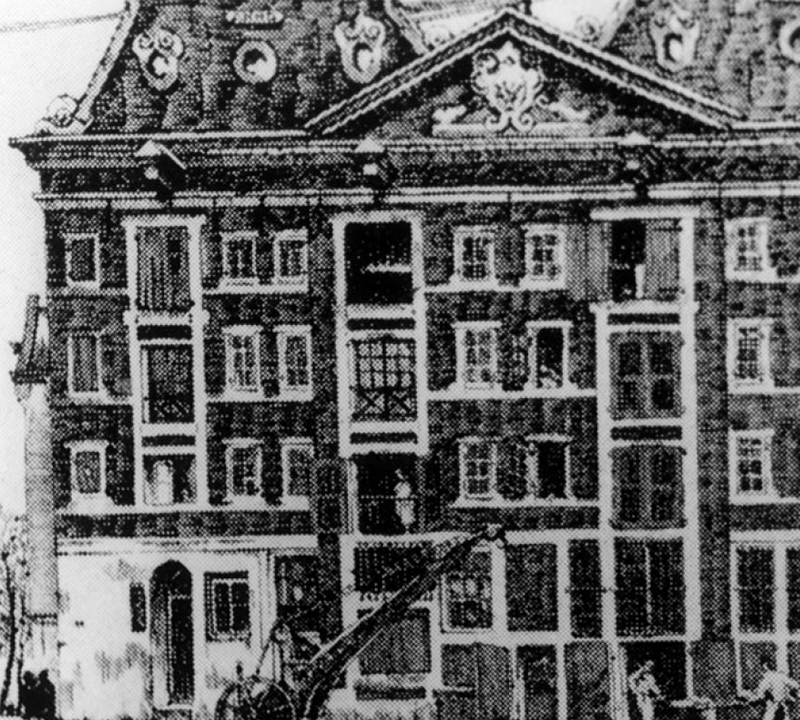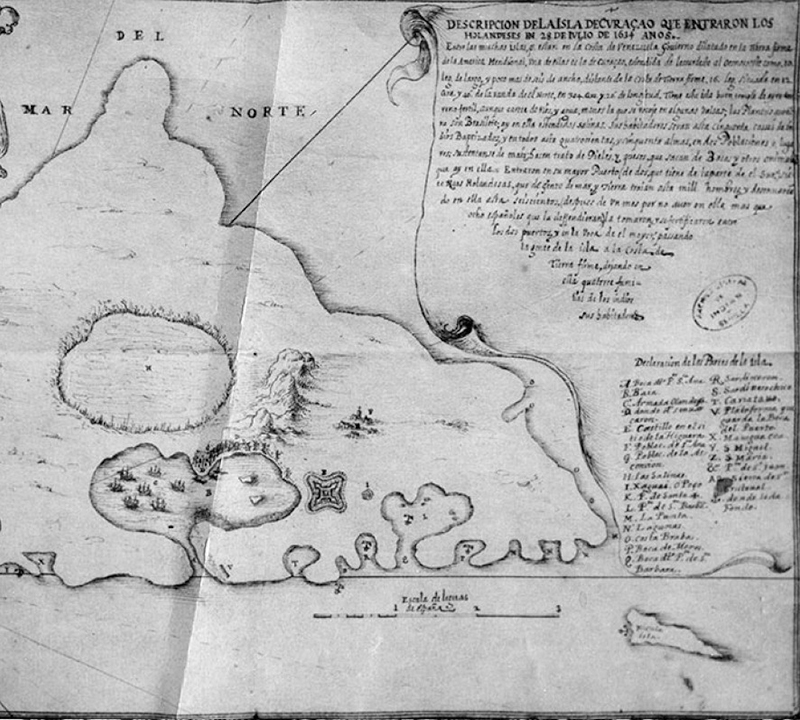At the meeting on April 6, 1634 the directors of the WIC approved the plan of conquest. An expedition force was formed, led by Johan van Walbeeck and Pierre Le Grand. The expedition consisted of 180 sailors and 225 soldiers. On July 29, 1634 they conquered Curacao.
On August 21, the capitulation was a fact.
At the meeting on 6 April 1634, the directors of the WIC approved the plan of conquest of the island of Curaçao. An expedition force was formed, led by Johan van Walbeeck and Pierre Le Grand. The expedition consisted of 180 sailors and 225 soldiers. On 29 July 1634 they conquered Curaçao. The Spaniards surrendered with the agreement that the majority of Indians, about 400 in numbers, and 32 Spaniards would be free to leave. They were sent to Coro, Venezuela. On 21 August the capitulation was a fact.



